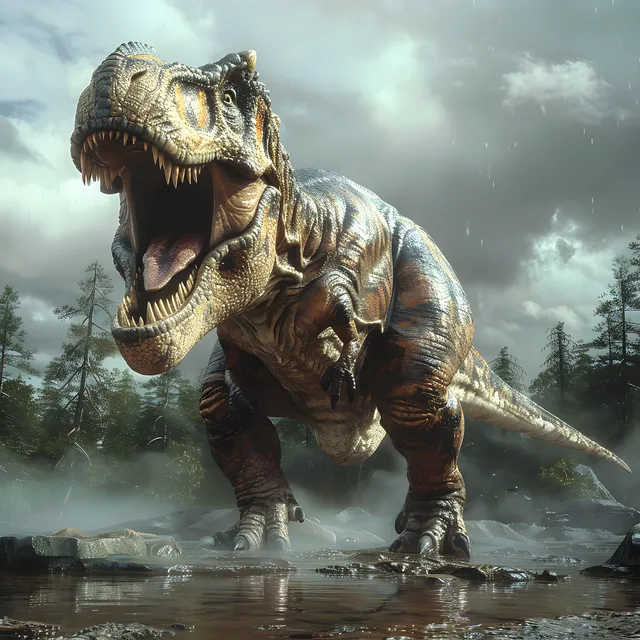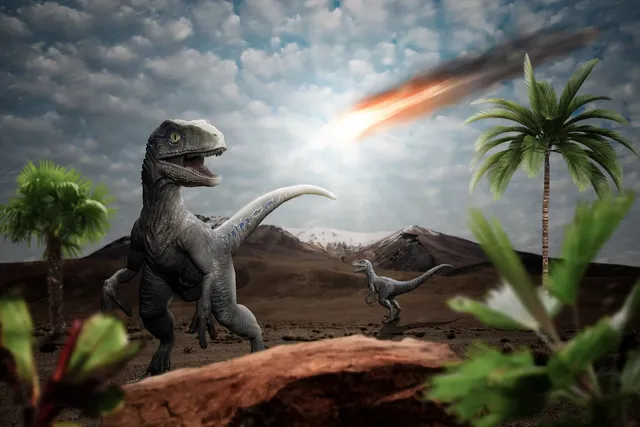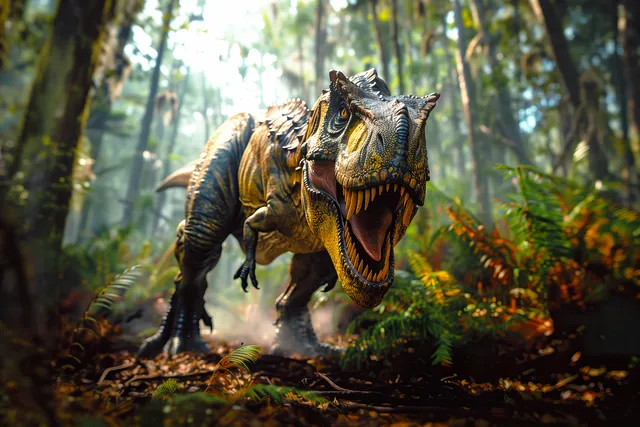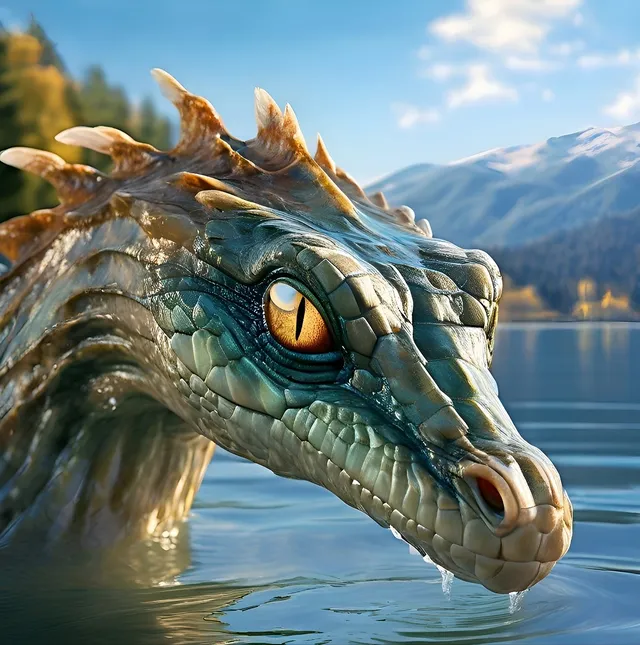
Dinosaurs were the most diverse group of reptiles with very different size and structure. The existence of a dinosaur as long-necked as Brachiosaurus, yet other species are smaller in size, including the notorious Velociraptor. Their body shapes differed according to their lifestyle, with some being bipedal, while others walked on four limbs.
Their physical features varied from sharp claws and teeth, like that of the fierce Tyrannosaurus rex, to herbivores with flat teeth grinding plants, like that in Triceratops. Many had such great adaptations in place for them, including their horns, crests, or their plated arms and legs.
One of the reasons why dinosaurs are so interesting is that they lived in a great variety of environments. These creatures thrived in forests, deserts, and a host of other habitats. Some scientists believe that some species of dinosaurs might have evolved feathers, associating them with the current birds.
All dinosaurs were in various shapes, with each shape having specific features. Tyrannosaurus rex was a carnivorous dinosaur characterized by enormous sizes, sharp teeth, and powerful bites. This makes it one of the biggest feared carnivores of its time. On the other hand, Triceratops was a herbivorous which had three horns as well as a bony frill; it is believed that possibly it was done to protect it from some predators.
The Brachiosaurus also had a long neck, extended front legs, way longer than the hind legs. The position allowed it to reach out towards the topmost tree branches for food, while the Stegosaurus had plates on its back and a spiked tail that serve as a defense from attackers.
Last but not least, the Velociraptor was a tiny, quick creature that relied on the sharpness of claws to catch its prey. Unlike the bigger dinosaurs, this creature was agile in movement and hunted in packs to become successful in hunting prey. These examples show how much variation exists in the adaptations of these animals.
The asteroid impact theory is the most widely accepted theory in dinosaur extinction. A gigantic asteroid estimated to be about 10 kilometers wide hit the Earth near the Yucatán Peninsula in modern Mexico about 66 million years ago. It led to the formation of the Chicxulub crater, as well as unleashing extremely destructive catastrophe, such as catastrophic wildfires and tsunamis, and also spreading an enormous cloud of dust and debris blocking the sun for months.
This sudden climate shift caused an unprecedented cooling of temperature, followed by the abrupt collapse of ecosystems. The plants could no longer photosynthesize, and the food chains collapsed, leading to the extinction of the non-avian dinosaurs.
While some scientists believe that a set of eruptions of volcanoes or climate shifts could also have triggered this event, the overall geological evidence suggests that the asteroid impact explains this situation better than any other.
Dinosaurs would make the world look totally different. The world would be unfamiliar because we would hardly imagine the existence of human beings living and growing up with such giant creatures.

Change in daily life and urban development will drastically alter. The survival of human beings in such a city would require the use of walls or domes since the Tyrannosaurus rex is indeed a gigantic predator. Agriculture also becomes an issue since herbivorous dinosaurs, such as Brachiosaurus and Triceratops, could easily devour the crops.
Infrastructure and transport would be planned in such a way as to avoid conflicts with these beasts. Highways may have wildlife passages, or travel by flight becomes the order of the day to bypass dangerous territories.
Maybe humans will research dinosaurs for scientific discovery purposes; so, some of these creatures might explain ancient conditions of ecosystems, or evolve new drugs, which can cure diseases in the future. Yet, they could pose a constant threat to humans and force them to reconsider the societal infrastructure.
Thank you 🙏


